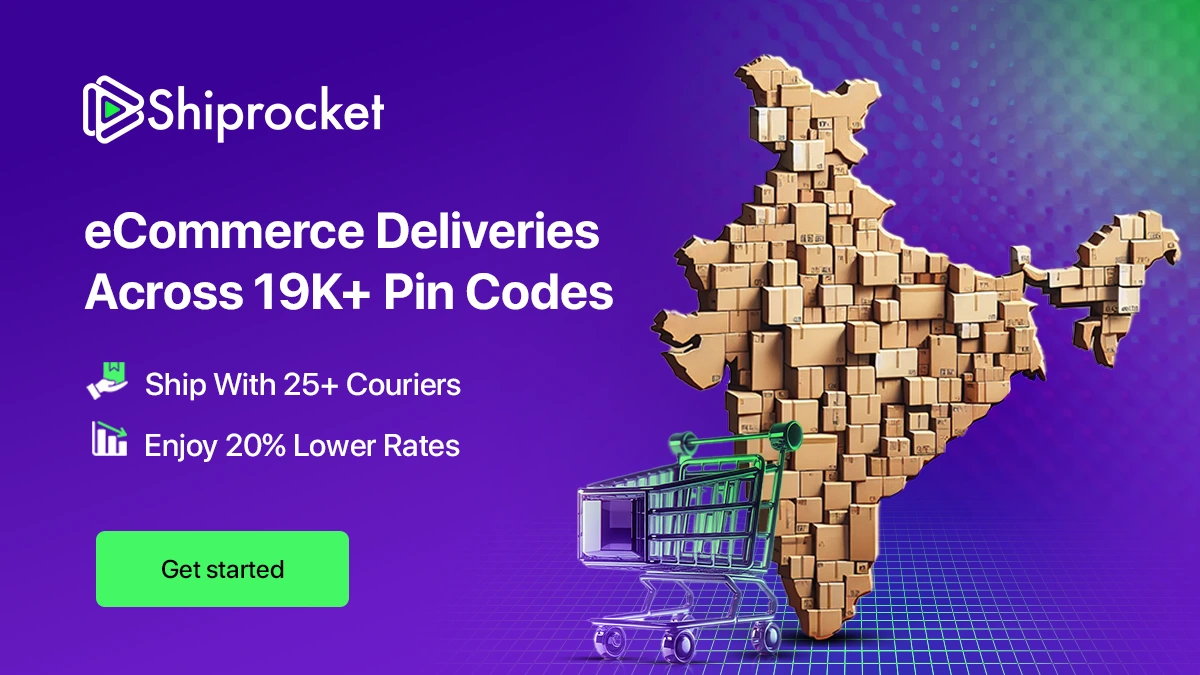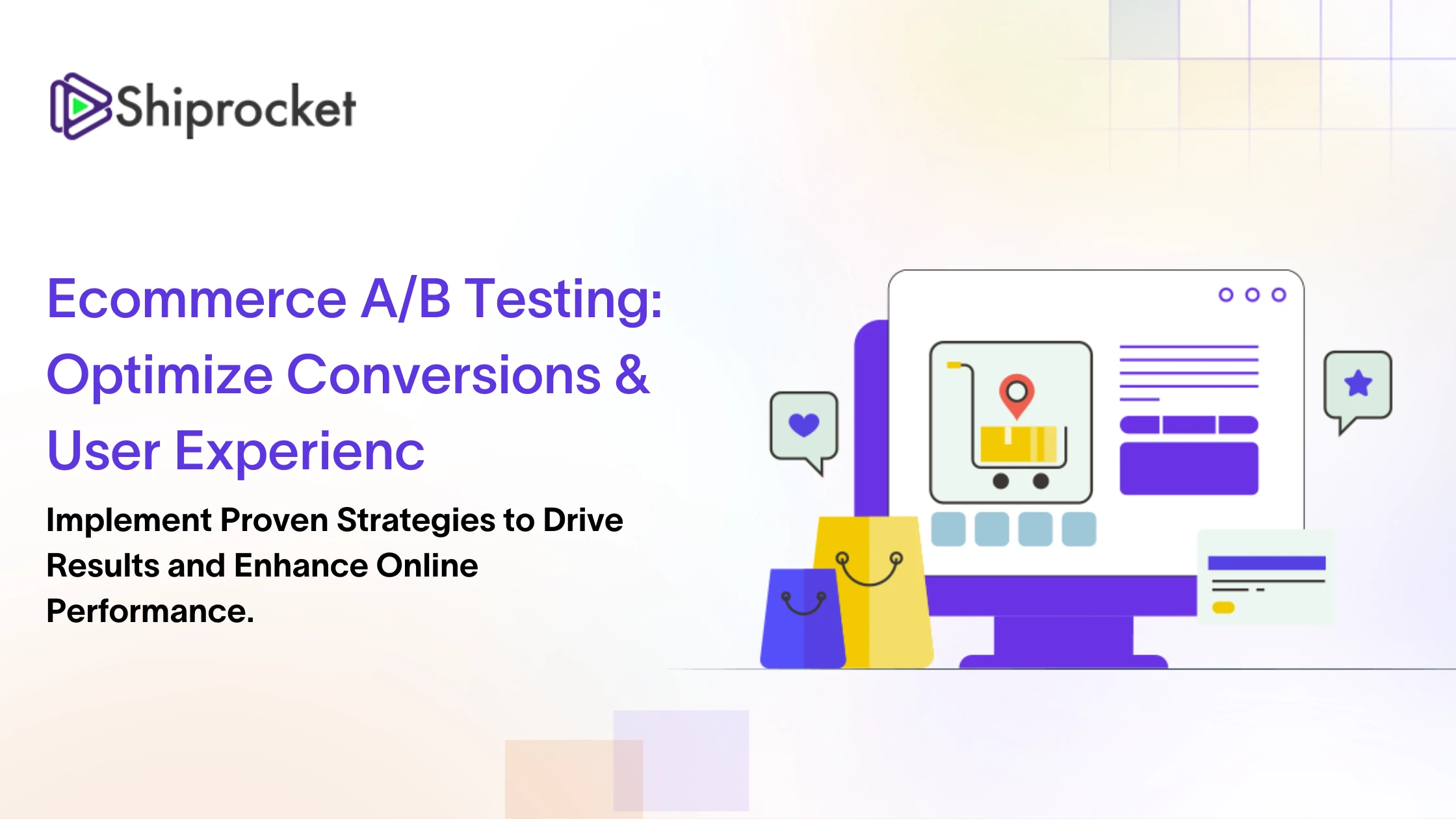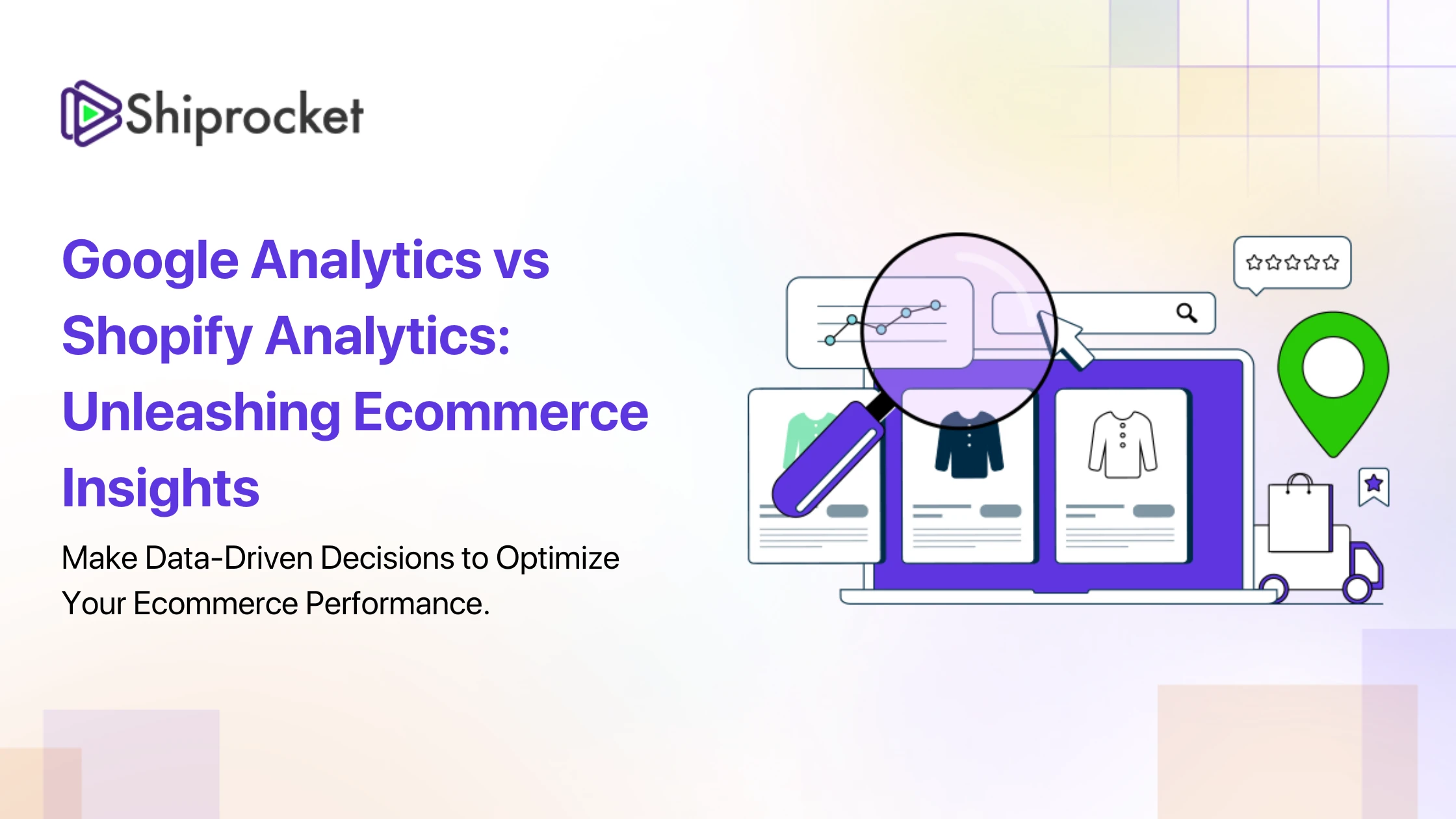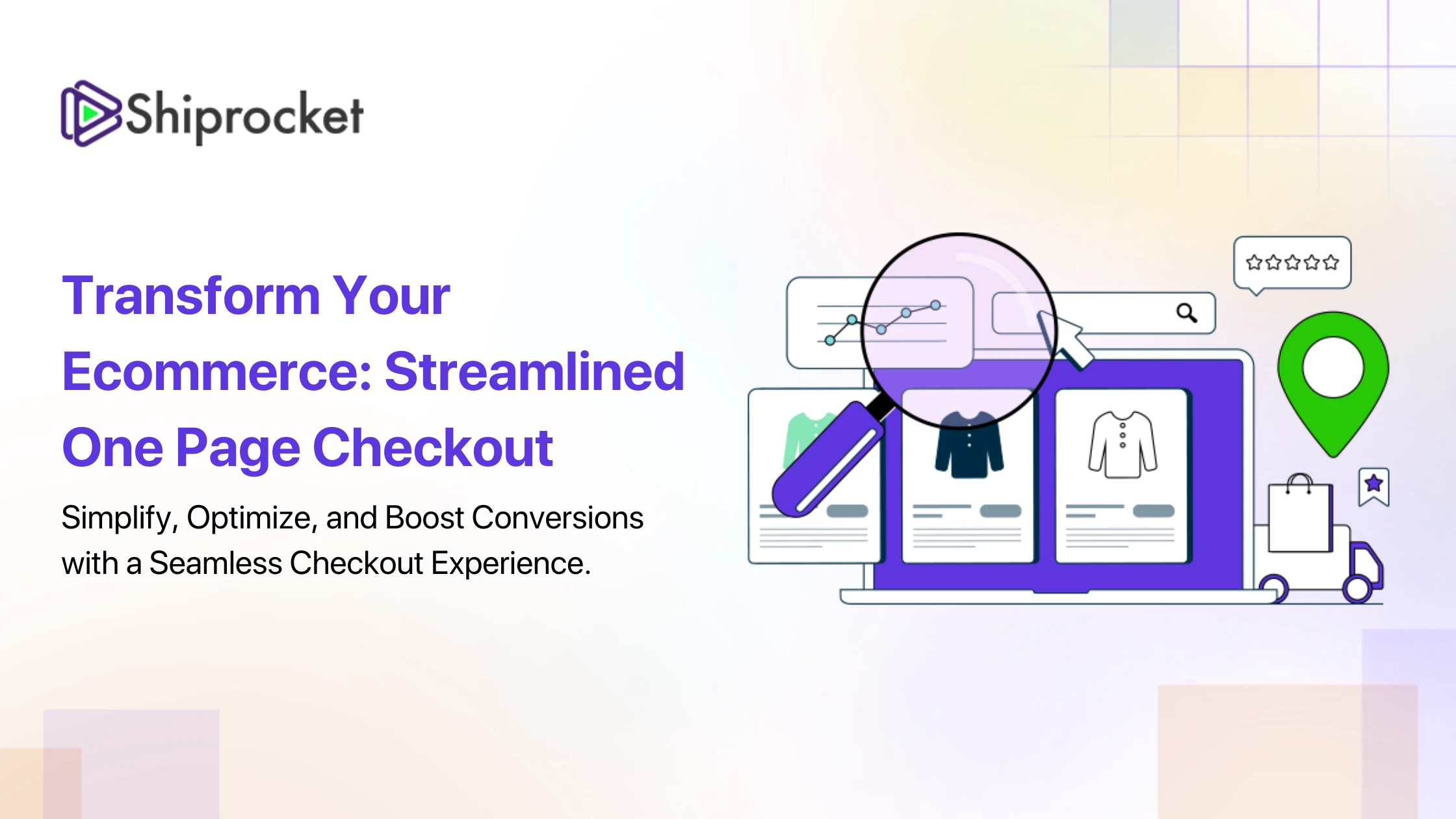FAQs on Streamlined Ecommerce Checkout: Best Practices
An optimized ecommerce checkout flow is crucial for enhancing conversions and user satisfaction. In this post, we delve into frequently asked questions about best practices for ecommerce checkout flow. By the end, you will have actionable insights to create a streamlined, user-friendly, and secure checkout process, starting from simplified steps to robust payment integrations.
What Are the Key Elements of an Optimized Ecommerce Checkout Flow?
Simplifying the Checkout Steps
A streamlined checkout process minimizes steps to reduce cart abandonment and offer a hassle-free experience. For instance, many studies show that a single-page checkout is preferred over multiple pages because it requires less disruption in the buying journey. A multi-step design might clarify the process but can slow down users who desire quick transactions. An optimized checkout process leverages a balanced approach where clarity and brevity go hand-in-hand. By focusing on the essentials, businesses can enhance bounce rates and ultimately improve sales.
Designing for Mobile-Friendly Checkout
With increasing numbers of shoppers using mobile devices, a responsive checkout design is essential. Embracing a mobile-first approach ensures that customers encounter a seamless interface regardless of the device they use. Important design considerations include large, clickable buttons, a uncluttered layout, and easy navigation that reduces typing efforts. With mobile-friendly checkout design, businesses can capture more conversions from users on the go, ultimately elevating the overall user experience.
Offering Guest Checkout Options
Guest checkout remains one of the most effective strategies for reducing friction for first-time users. For many, the thought of creating an account might pose a barrier, leading to abandoned carts. Allowing customers to make purchases without registration fosters convenience and builds trust. Overall, integrating guest checkout options has proven to enhance conversion rates and deliver a more accessible user-friendly checkout process.
How Can You Design a User-Friendly Checkout Process?
Checkout Page Design Tips for Better UX
A clear, engaging layout is vital for a successful checkout page. Start by focusing on clean layouts that highlight essential elements while reducing visual clutter. Incorporating clear calls-to-action (CTAs) and progress indicators eases navigation and builds confidence as users move through the process. Additionally, functionality features like autofill, efficient data validation, and informative error messaging ensure a smoother journey. Such measures contribute to a conversion-focused checkout strategy that addresses real user needs.
Trust Signals and Secure Payment Gateway Integration
Emphasizing security is a cornerstone of any user-friendly checkout process. Displaying trust signals like SSL certificates, PCI compliance badges, and secure payment logos reassures customers about their data safety. Incorporating reliable payment gateway integration not only speeds up processing but also builds long-term trust with customers. Businesses that prioritize secure payment gateway integration effectively communicate their commitment to user protection and enhanced service reliability.
Adapting Checkout Design for Global Users
Another vital aspect is catering to a global audience by integrating multi-language support and multi-currency options. These functionalities are essential in a world of diversified commerce. Furthermore, compliance with regional tax regulations and legal standards such as GDPR and CCPA is mandatory to ensure legal adherence and pleasing user experiences worldwide. By making these adaptations, businesses can create an inclusive and accessible online shopping environment.
What Strategies Help Reduce Cart Abandonment?
Transparent Costs and Fees
One of the leading causes of cart abandonment is unexpected costs at the final checkout stages. Providing a breakdown of fees and offering real-time visibility into shipping costs significantly boosts user confidence. When customers are aware of all charges upfront, trust is built, and transactions are less likely to be abandoned. A transparency-first approach assures users and minimizes the potential for surprise fees during checkout.
Conversion-Focused Checkout Strategies
Effective strategies to limit cart abandonment include employing urgency tactics such as countdown timers for limited-time offers. These techniques create a sense of immediacy and encourage prompt purchase decisions. Additionally, exit-intent popups can recover shoppers on the verge of leaving. Coupled with retargeting strategies, these methods foster a more dynamic and conversion-focused checkout experience that keeps potential buyers engaged until the end.
Flexible Payment and Shipping Options
Offering multiple payment choices, such as credit cards, online wallets, and buy-now-pay-later (BNPL) options, helps accommodate diverse customer preferences. Equally important is providing flexible shipping methods with clear delivery timelines, as this enhances the convenience factor of the shopping experience. When consumers are given various options for both payment and shipping, they are more likely to complete their purchase, reducing the overall rate of cart abandonment.
How Does Payment Flow Optimization Impact Conversions?
Streamlining the Ecommerce Payment Flow
Simplifying the payment process through one-click checkouts and secure saved payment methods makes a significant impact on conversion rates. The benefits are clear: a faster, smoother payment experience directly correlates with lower drop-off rates. Many businesses have reported improved conversion metrics after refining their payment flows, highlighting the importance of continuous optimization.
Leveraging Smart Form Filling
Smart form filling tools, such as autofill and localized input masks, dramatically reduce the time taken to complete transactions. These features not only minimize errors but also enhance overall user experience. By adopting effective form designs, companies can achieve a notable reduction in failed transactions and user frustration, leading to a more efficient and appealing checkout process.
Ensuring Smooth Payment Gateway Integration
Choosing the right payment gateway is critical for a secure and seamless checkout experience. A well-integrated payment gateway ensures compliance with security standards and speeds up the confirmation process. By following robust best practices in payment gateway integration, businesses ensure that transactions are processed swiftly and securely, which is essential in a conversion-focused ecommerce strategy.
FAQs About Ecommerce Checkout Flow Best Practices
What is the ideal number of steps in an ecommerce checkout flow?
A streamlined checkout flow typically has 3–5 steps, but a well-designed single-page checkout is often preferred for simplicity and efficiency.
Should I enable guest checkout for my ecommerce store?
Yes, enabling guest checkout reduces friction for first-time users and helps to lower cart abandonment rates significantly.
How can I optimize my checkout process for mobile users?
Use a responsive design with large clickable buttons, reduce need for typing with autofill features, and ensure a minimalistic layout for clarity.
What are some trust signals I can add to my checkout page?
Include visible SSL certificates, PCI compliance badges, customer testimonials, and secure payment logos for platforms such as Visa and PayPal.
How do I reduce cart abandonment during checkout?
Ensure transparent cost disclosures, offer multiple payment methods, and implement retargeting strategies to bring customers back.
Pro Tip for Reducing Cart Abandonment
“Did you know that 69% of online shoppers abandon their carts? Simplify your checkout process by enabling guest checkout and ensuring mobile-friendly design to win back potential customers.”
Conclusion
Implementing ecommerce checkout flow best practices is essential for enhancing user experience and maximizing conversions. From simplifying the checkout steps to designing for mobile and integrating secure payment gateways, every aspect plays a crucial role in achieving a frictionless purchase journey. By focusing on transparency, usability, and security throughout the process, businesses can cater effectively to both local and global audiences. These insights empower companies to optimize their checkout strategies, leading to improved customer satisfaction and sustainable growth.





